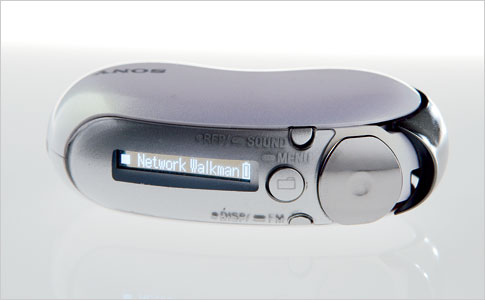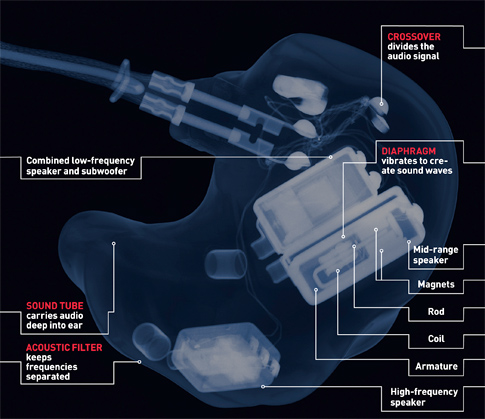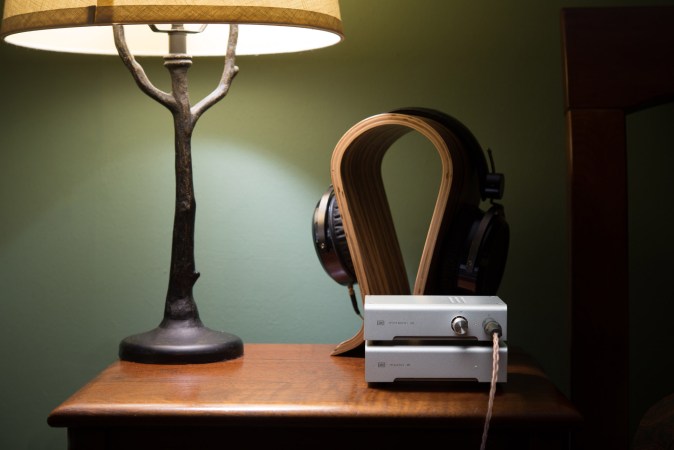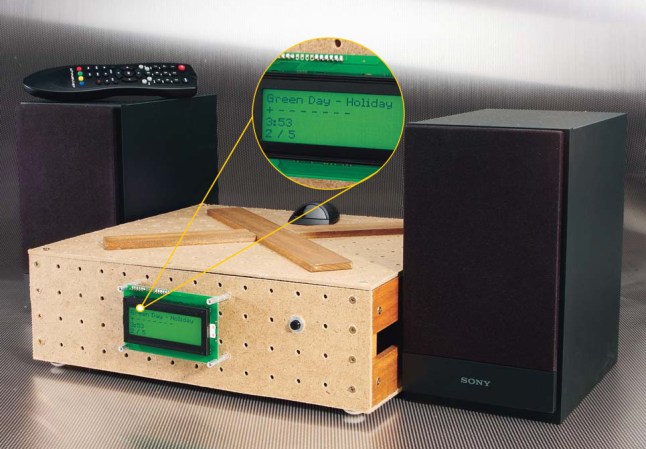

We may earn revenue from the products available on this page and participate in affiliate programs. Learn more ›
Dept.: Geek Guide
Tech: Mobile Entertainment
Cost: $100 and up
You have every right to think your car stereo is hot. After all, the dealer said it was the “upgraded” system, with speakers all over the place and a name you actually know on their grills. There’s probably even a screen in the dash.
Sorry, but in all likelihood, your factory-installed stereo is a dud. And that’s the irony of mobile audio: The place where you probably spend the most time listening to your favorite music, and the place where a high-quality system can have the most impact–namely, by rising above the endless din of road noise–is the same place automakers scrimp the most.
Fortunately, virtually every option available in the aftermarket is an order of magnitude better, and significantly more versatile, than what came with your car. Today a/v aficionados can outfit a car with everything you’d find in a living room: from widescreen LCDs, wireless headphones, videogames and surround sound to the latest in DVD-Audio, satellite radio and digital file playback.
In the Dash
The head unit is where you’ll make most of your major choices. Some boxes, such as Panasonic’s $2,000 CQ-VAD9300U, have widescreen LCDs that slide out and up to display music-track information or video (not to be watched while driving, of course).
It’s both Sirius Satellite Radio? ready (you’ll still need to subscribe) and equipped with a
TV antenna, so you can pull down broadcast stations. Other receivers take up both the factory radio slot and the spare slot often found below it with “double-din” (twice as thick) units that use fixed LCD screens for a more factory look.
If MP3s are your bag, Kenwood now offers the $700
Excelon Music Keg, a portable 20GB music storage unit that you can pull out of the dash and plug into your PC. If that’s too much work, the 60GB
Omnifi DMP2 ($700) uses
Wi-Fi to automatically sync to your PC’s music library when you pull into the garage.
Video
Backseat entertainment took a big leap forward with the introduction of flip-down monitors, the cheapest way to turn your backseat into a theater. Seven-inch screens start at $375 installed, and for another $200 you can get a DVD player in the dash or
between the front seats.
Headrest-mounted screens are typically smaller (five to seven inches) and more expensive ($500 to $800) and can be linked either to the car’s central DVD player or to their own. Most also have multiple inputs, so camcorders and game systems can be connected as well. Wireless remotes and wireless headphones are de rigueur.
If you have more than one car, consider one of the new tablet-style slot-loading portable DVD players, such as the $300 TF-DVD7705 from Coby. They can be easily mounted on headrests, or just hand-held by the antsy kid most in need of a video fix.
Speakers and Amps
Speakers are where the auto manufacturers truly pinch their pennies. Most still use paper-cone speakers, which are susceptible to humidity and dry rot. (Better speakers use more durable polypropylene cones.) And rarely does a factory
system include amplifiers.
The upside: For less than $100, you can pop in new speakers and greatly improve your car’s sound. Add an
amplifier or two to get high
volume without hiss and
distortion. Just make sure the wattage rating on your amplifier is less than the maximum wattage your speaker can
handle or you’ll be running
the speaker too hard too often. That’s why most pros recommend a separate, smaller amp for the little tweeters in the dash.
For the ultimate backseat theater, install 5.1 surround sound–four corner speakers, one in the front, and a subwoofer connected to Alpine’s PXA-H700, an $800 Dolby
decoder and processor.
Buying Tips
Before you go racing off to your aftermarket shop, determine whether serious upgrades are even possible. Auto manufacturers have made significant strides in integrating
vehicle system controls into LCD-based interfaces, but they are usually wired in with the car’s audio. When your navigation, climate controls or even suspension and engine settings are in the same system, you can’t simply pry it out and jam in something new.
Don’t fork out your dough unless your ear, not the sales rep’s, can actually hear the improvement. Take, for example, this recent exchange I had with a PR guy, as we sat in a tricked-out, neon-everywhere SUV for a product demo. Nodding his head rhythmically, he lifted his finger at some allegedly critical
element of the bass-heavy hip-hop trance thingy. Him: “Hear that?” Me: “No.” Him: “Hear that?” Me: “No.” Him, again with the finger: “How about that?” Me: “No.”
The industry is rife with bogus wattage numbers on speakers and amps. Do your own research, or consult an independent specialist (that is, not the 16-year-old clerk at the chain store).















